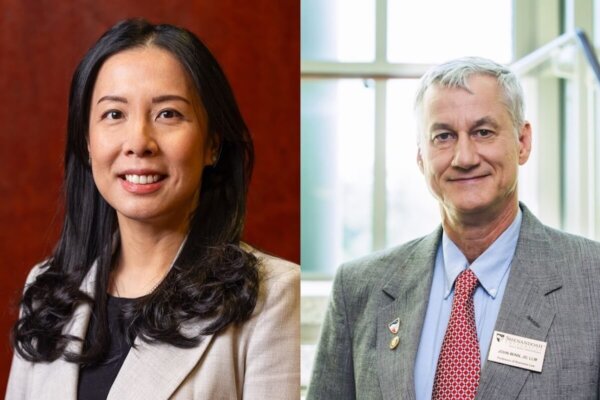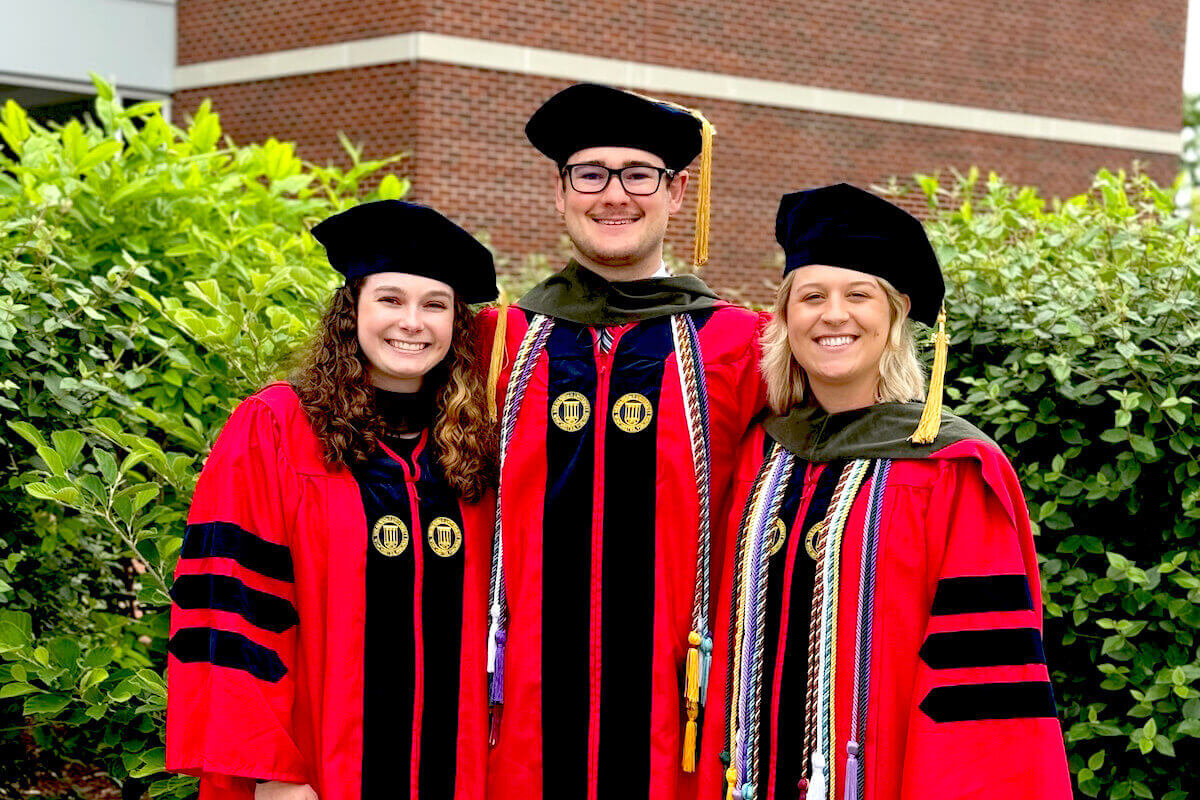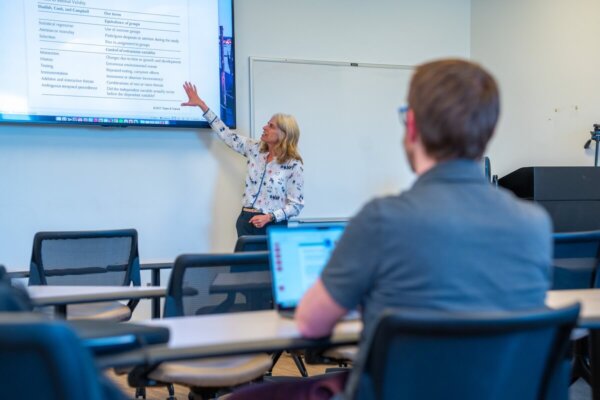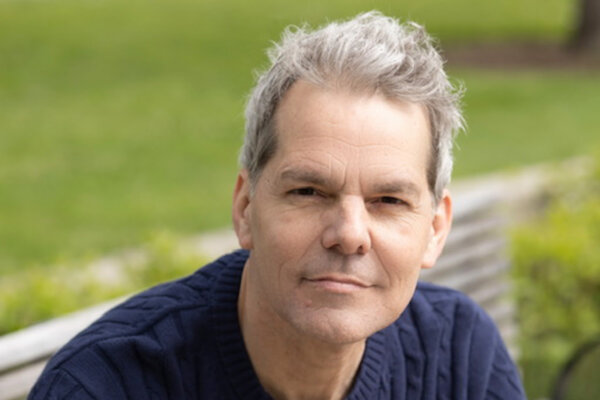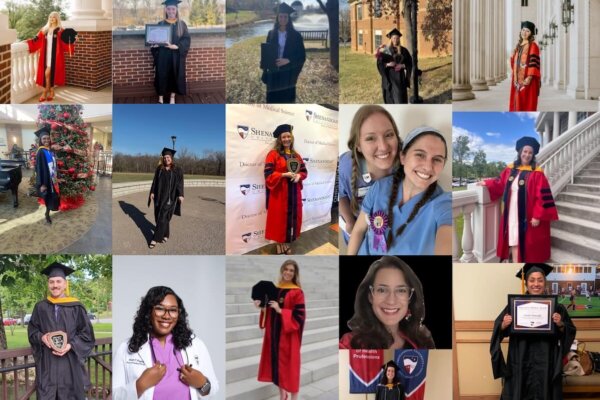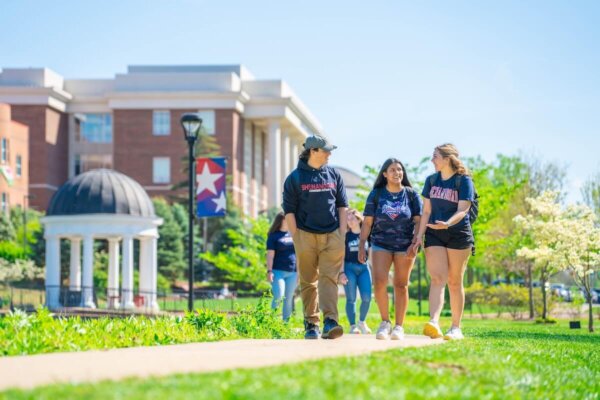Jackson Lectures At Columbia University, Oct. 20
Talk Focuses On Sustainability Initiatives In The Ecuadorian Amazon

Professor Giles Jackson, Ph.D., director of the Institute for Business, Sustainability and Society at the Shenandoah University School of Business, lectured at Columbia University on Oct. 20 about the institute’s cutting-edge work in the Ecuadorian Amazon.
Dr. Jackson lectured as the guest of Brendan Buckley, Ph.D., co-director of the Sustainability Science program at Columbia, whose graduate course, “Predicting the Effects of Climate Change on Global Forests,” takes an in-depth look into the current literature on the direct and indirect effects of climate change on forest ecosystems around the globe, and examines some of the primary policy solutions to forest loss mitigation and sustainability. Jackson helped Professor Buckley organize a climate research program in Vietnam back in 2015.
Jackson’s lecture focused on his work with an Ecuadorian nonprofit organization Selva Vida Sin Fronteras (Forest Life Without Frontiers). This collaboration centers around an artisanal business operated by the ‘Cofan Women’s Association,’ an indigenous group breaking free of the coffee and cacao industry and reviving ancient handicraft traditions. The Cofan are paid just $22 for 100 pounds of coffee beans, which also requires that they cut down the primary forest – a lose-lose proposition. However, made from materials gathered from the forest, their beautifully constructed handicrafts are 100% sustainable. A team of Shenandoah students, led by esports major Bailey Ontiveros ’26, are working to generate demand here in the U.S., with all proceeds going back to the community.
I found the class discussion exciting and invigorating. I look forward to returning to Brendan’s class next year, when we can gauge how much progress has been made and explore the lessons learned.”
Giles Jackson, Ph.D., Professor of Business and Director of the Institute for Business, Sustainability and Society
Jackson and Buckley are in the early stages of planning a joint capstone project in collaboration with Selva Vida Sin Fronteras.

